 Even if you’re a jaded, old, New York audiophile who’s seen and heard and argued about everything, you have to admit, Audioquest’s new Dragonfly USB DAC is pretty nifty. I know this not because I’m jaded, old or from New York — but having done some very sophisticated statistical sampling of room traffic, I have the utmost confidence in my results. After all, “Jim” from New York said so, and he was old, so that’s good enough for me.
Even if you’re a jaded, old, New York audiophile who’s seen and heard and argued about everything, you have to admit, Audioquest’s new Dragonfly USB DAC is pretty nifty. I know this not because I’m jaded, old or from New York — but having done some very sophisticated statistical sampling of room traffic, I have the utmost confidence in my results. After all, “Jim” from New York said so, and he was old, so that’s good enough for me.
This thing is tiny. We’re talking memory-stick tiny. I mean, there’s nothing to this little widget. I’m not sure what you’d really need for digital conversion, though, to be honest. I have a suspicion that the thing that makes a DAC a rack-filling piece of gear is the power supply — which is pretty much the same for just about every piece of audio gear — but still, I wasn’t prepared for how compact the little unit is. It’s … cute!
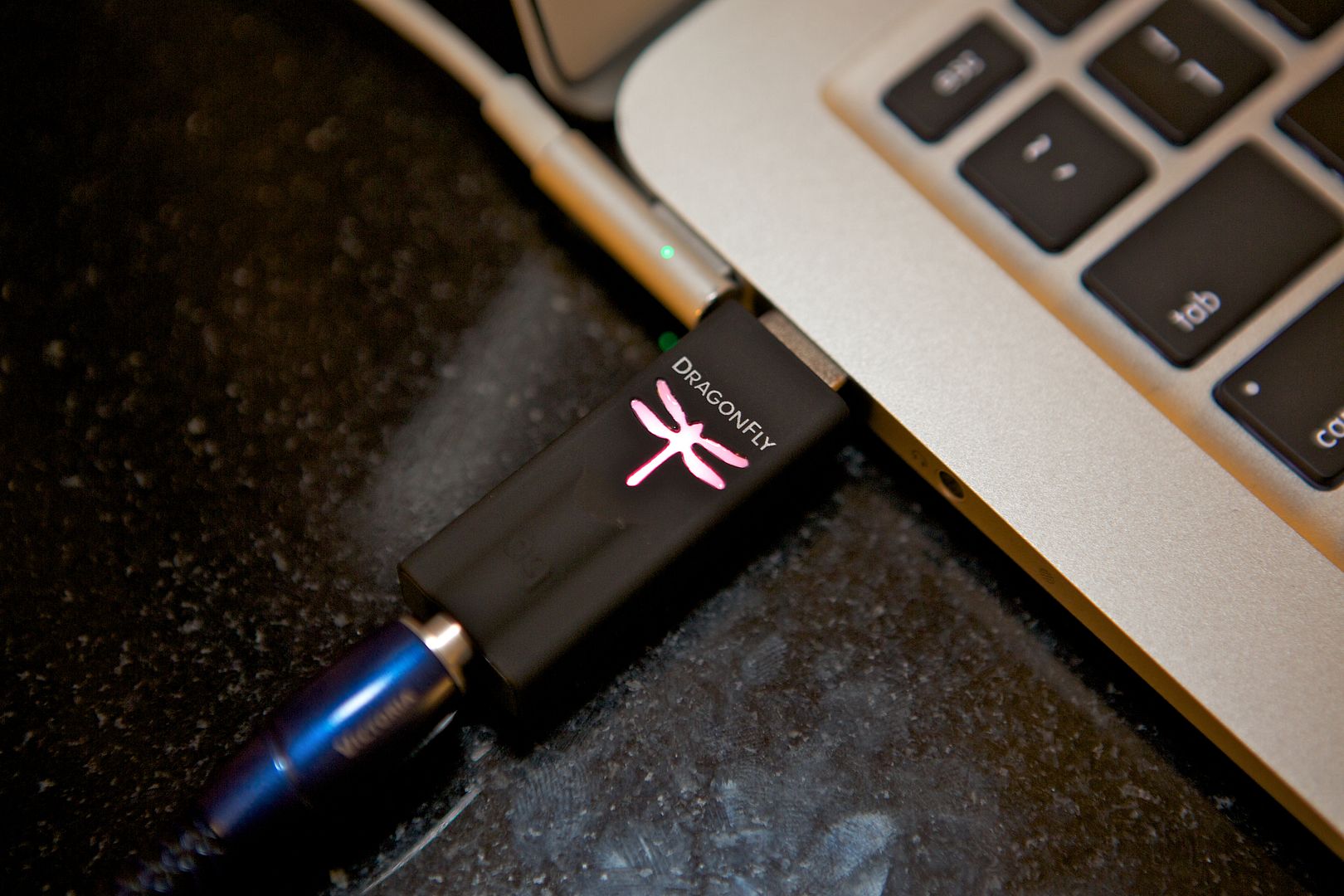
For $250, you get a ESS Sabre converter chip supporting 24bit/96kHz over USB Class 1 with dual on-board clocks to handle the sampling frequencies. It also runs Gordon Rankin’s Streamlength code to ensure a low-jitter pull from the computer source it’s plugged into.
The Dragonfly has a 64-position analog volume control, though I have zero idea where that toggle for that is, but can also be used with a fixed volume for use with a traditional preamp. Putting out 2vrms, the output levels should be fine to drive your headphones directly — or even an amplifier, for that matter.
But the coolest thing (at least to me, and probably because I’m goofy), is the sample rate display. The dragonfly logo changes color depending on what it’s fed.
- Green for 44.1kHz
- Blue for 48kHz
- Yellow for 88.1kHz
- White for 96kHz
How cool is that? Okay, I’m simple, but still, that’s pretty nifty.

You’re going to need a custom interconnect (of course) to run the DAC, but luckily Audioquest sells quite a range to help you find your sweet spot. Shown here was the $265 Victoria, with the phono cable on the DAC end and “regular” RCAs on the amp end.
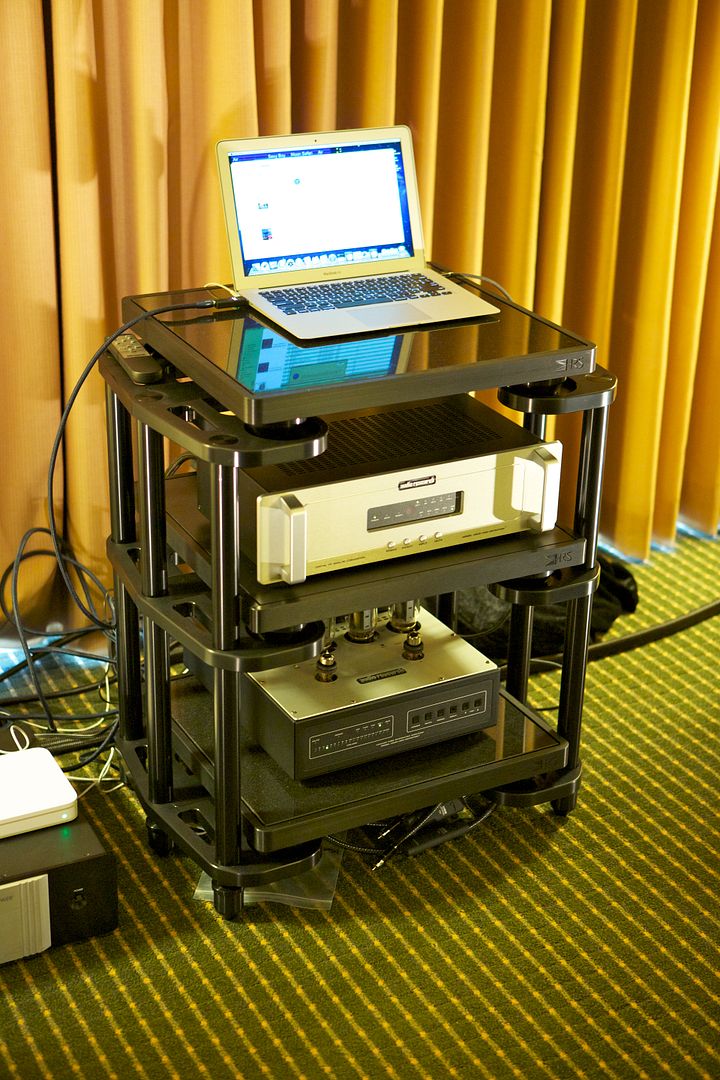
Audio Research’s $5k DAC8 was on hand for comparisons — and I’m not sure I should talk about how close the little Dragonfly came. But I will anyway. I’ll cut to the chase — yes, the DAC8 was better in every way. Better detail, better image separation, better/deeper bass, &c. But that said, it wasn’t like the difference between the $6k Vandersteen Treo (also in the room) and the uber-priced Vandersteen Seven. It was there for the audiophile to hear and love, sure. But placed in an appropriately priced system, the Dragonfly should thrill.
Did I mention it’s tiny?

A $5k Audio Research VSi60 on hand. I didn’t get a good look, but I think those tubes might be KT120s.
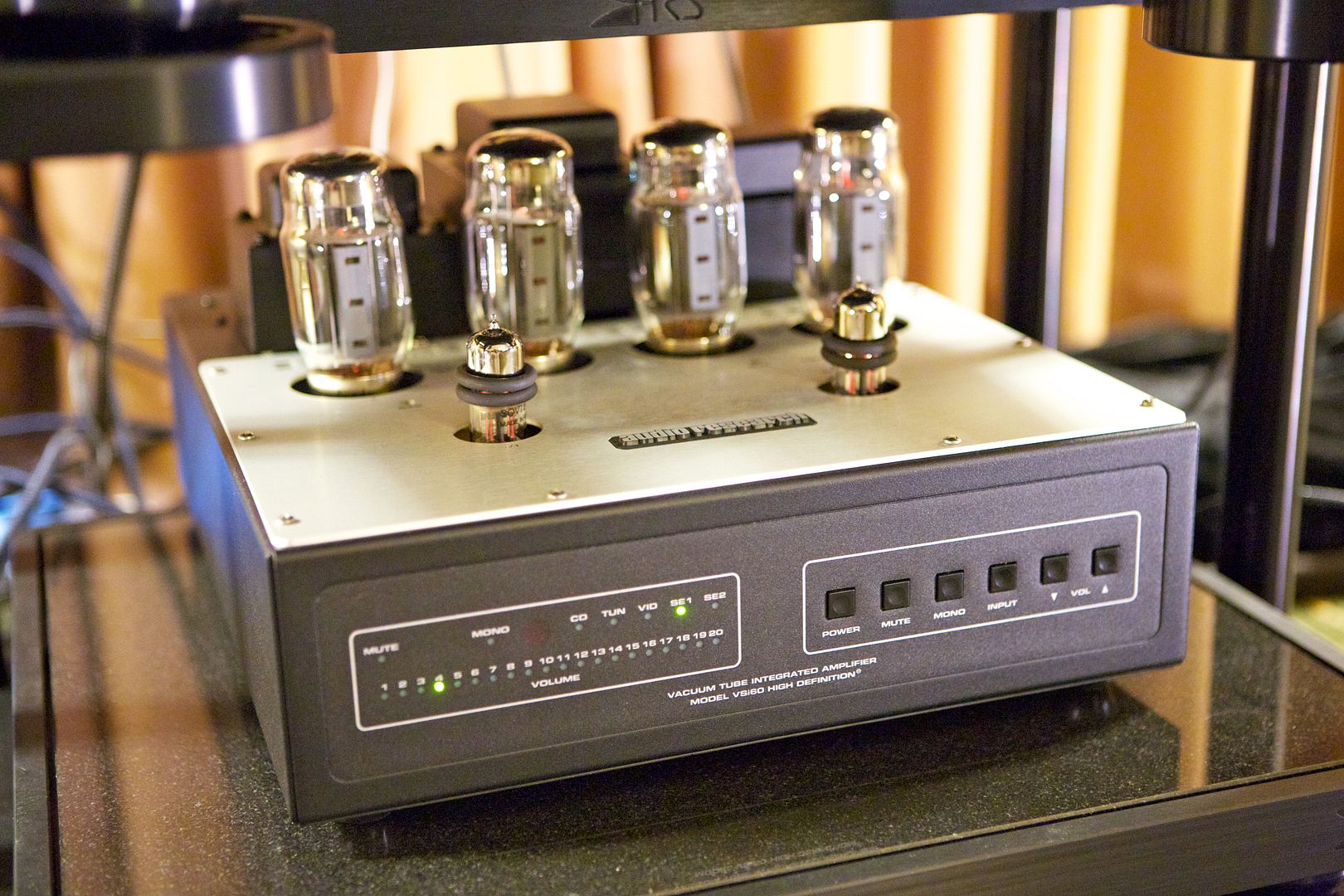
The new $6k Vandersteen Treo. Nice looking speaker!

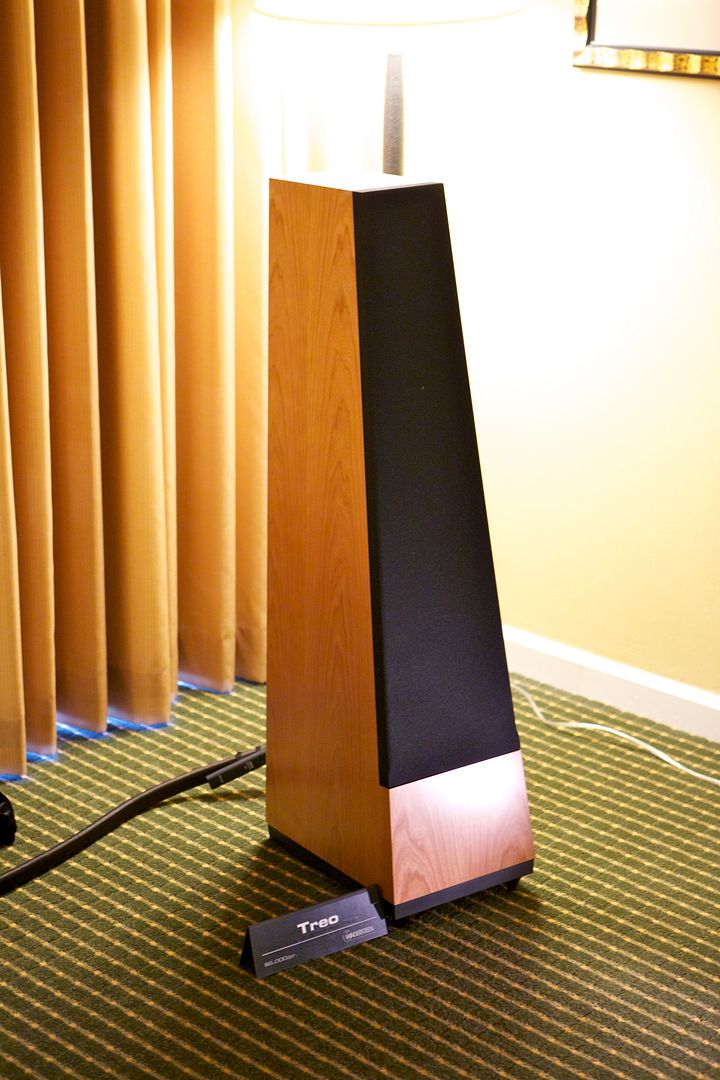



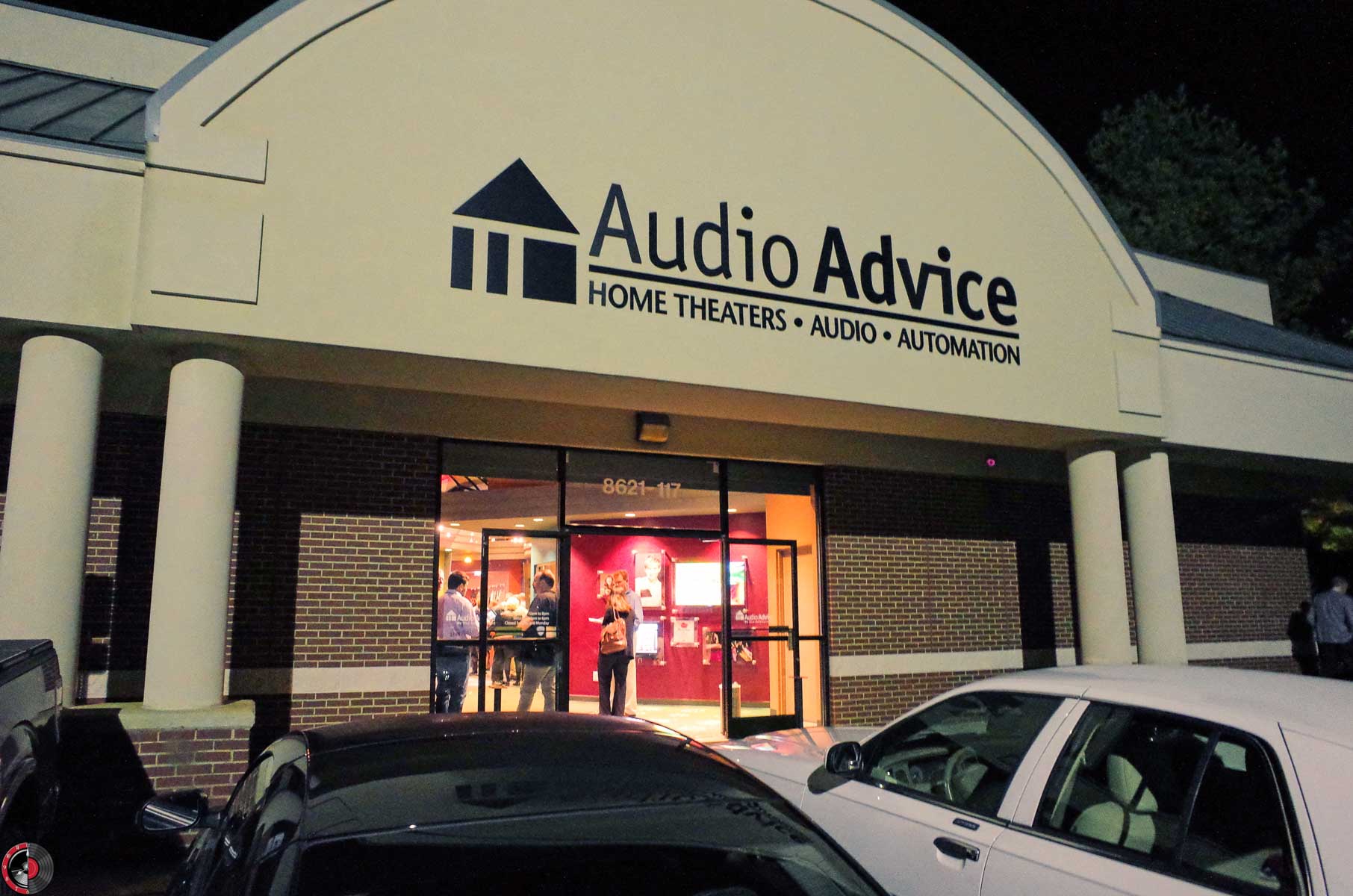
dragonfly is cool and worth every euro!